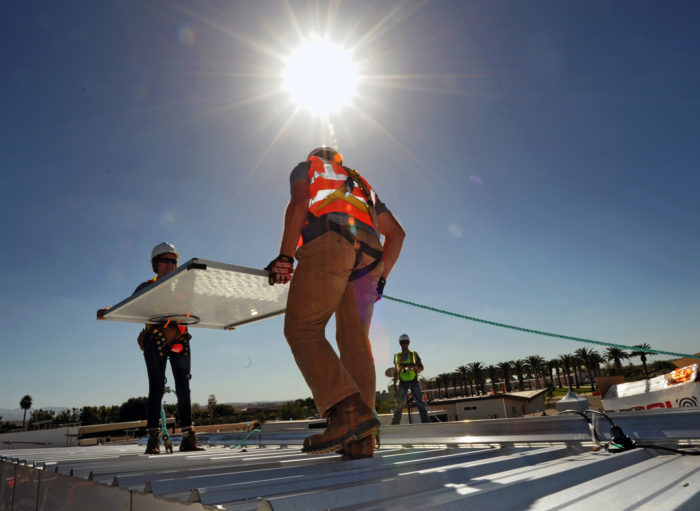
Image Credit: Thomas Kelsey / National Renewable Energy Laboratory
The California Energy Commission is expected to approve the new rule when it votes this week, making California the first state in the country to require that new houses come with photovoltaic panels.
“California is about to take a quantum leap in energy standards,” Bob Raymer, technical director for the California Building Industry Association, told The Mercury-News. “No other state in the nation mandates solar, and we are about to take that leap.”
Assuming the proposal is approved, single-family houses, condos and apartment buildings of three stories or less permitted after Jan. 1, 2020 would have to include solar panels. Currently, between 15% and 20% of new single-family homes are equipped with solar.
Amber Beck, a spokeswoman for the Energy Commission, said by telephone the solar panel provision is part of a regular update of the Building Energy Efficiency Standards, also called Title 24, that also will toughen requirements for insulation and indoor air quality. She said the rated capacity of the panels would be tied to the size of the house, with a single-family home getting a system of between 2.5 kW and 4 kW on average.
Builders, however, would be able to lower the size of the array by including other efficiency features in the house.
A decade ago, the commission adopted a goal of making all new houses capable of operating at zero-net energy after 2020 (it is on the books as an objective, not a legal requirement), but one of five commissioners who will be voting on Wednesday said that doesn’t go far enough. “Zero net energy isn’t enough,” said Andrew McAllister.
Exceptions in the new policy would cover houses that are shaded by trees or buildings as well as houses whose roofs are too small to accommodate panels. Builders who install batteries would get compliance credits allowing them to reduce the capacity of the solar arrays. Other provisions will encourage wider use of electricity to reduce the consumption of natural gas.
C.R. Herro, vice president of environmental affairs for Meritage Homes, said the revised energy standards would add between $25,000 and $30,000 to the cost of a new house — between $14,000 and $16,000 of that in solar, and the balance in upgrades to windows, appliances, lighting and heating. However, homeowners would see savings of between $50,000 and $60,000 over the 25-year life of their solar panels.
Environmentalists were pleased with the prospect for wider adoption of solar, but at least one builder was not. Bill Watt, a homebuilder and design consultant, said the new energy provisions on top of other state building requirements are making houses too expensive in a state that already has a housing shortage.
“We’re not building enough housing already,” said Watt, former president of the Orange County Building Industry Association. “Why not just pause for a little while, focus on the affordability and housing issues, then circle back?”
The states’s energy code is updated every three years.
Weekly Newsletter
Get building science and energy efficiency advice, plus special offers, in your inbox.





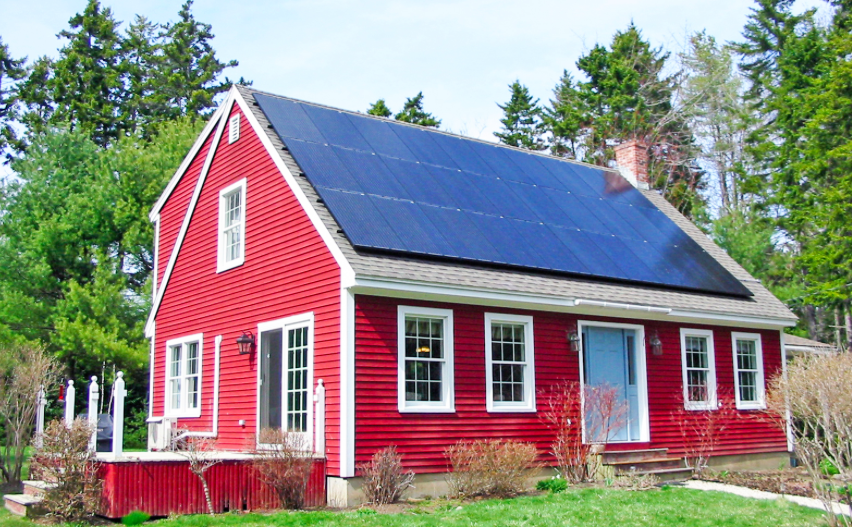
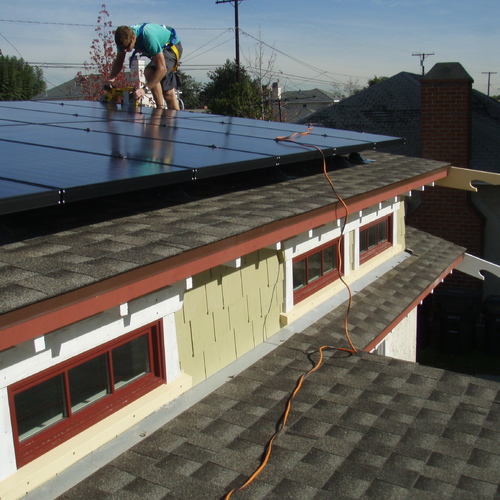
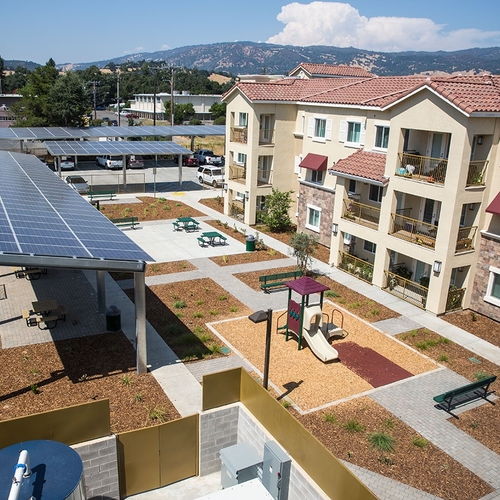
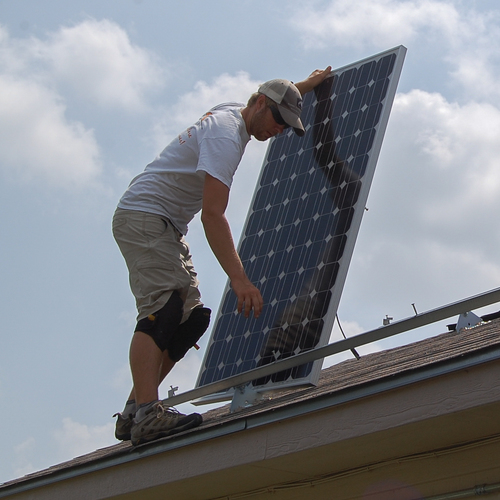






8 Comments
Forgive Me if I'm Not Understanding
but wasn't California set to go with a building code that would have required Net Zero homes in 2020 anyway? Wouldn't that have required PV or, I suppose, some equivalent anyway? Is this saying you not only have to provide electricity for your own home, you need to power your town too? "Zero net energy isn't enough,"
The below is from http://www.cpuc.ca.gov/ZNE/
"All new residential construction will be zero net energy (ZNE) by 2020."
"ZNE building - An energy-efficient building where, on a source energy basis, the actual annual consumed energy is less than or equal to the on-site renewable generated energy."
Response to Jeff Towson
Jeff,
California regulators set an ambitious target: They were going to require that new homes would need to be net zero beginning in 2020. There has been pushback from builders, however, and regulators have backed down. The current proposal is a watered-down version of the net-zero mandate.
Net zero goal
Jeff,
The spokeswoman for the California Energy Commission said the zero net energy plan for 2020 in residential construction is not a legal requirement but a goal. The document you linked above says this: "As spelled out in the California Energy Efficiency Strategic Plan, the state has ambitious goals for the development of zero net energy buildings..." It doesn't look as if this has been translated into a code requirement at this time.
why on the roof?
I hope they have an exception for people who want to put panels elsewhere (where larger scale allows for a much lower $/kWh). And credits for other time of use load shifting mechanisms (like thermal storage).
Too bad its no longer going to be mandated by code.
I was eagerly anticipating the boondoggle to unfold in that state.
So, henceforth, all CA homes
So, henceforth, all CA homes must be oriented such that a roof faces south?
Jon R, sounds like a bailout to Tesla.
Thanks
I must have misunderstood some discussions I heard on the Fine Homebuilding podcast. It came up in episodes 106 and 110. Though, it certainly did seem like they were describing it as being code. Of course, I usually listen while chasing my kids around or cutting the grass, so it's very possible I missed something.
@Jay @Jeff
@Jay,
Indeed. I don't anticipate tract builders being able to build attractive looking neighborhoods due to the required orientation but who knows. I anticipate Calif will experience additional stratification in housing where the "middle class" detached single family dwelling will all but disappear in exchange for the a 4 or more story condo.
The concept of NIMBY has unnecessarily constrained the supply of affordable housing.
@Jeff,
The guys on the FHB podcasts never claimed to be and aren't necessarily "authorities" on that sort of thing so I wouldn't hold it against them.
Log in or create an account to post a comment.
Sign up Log in